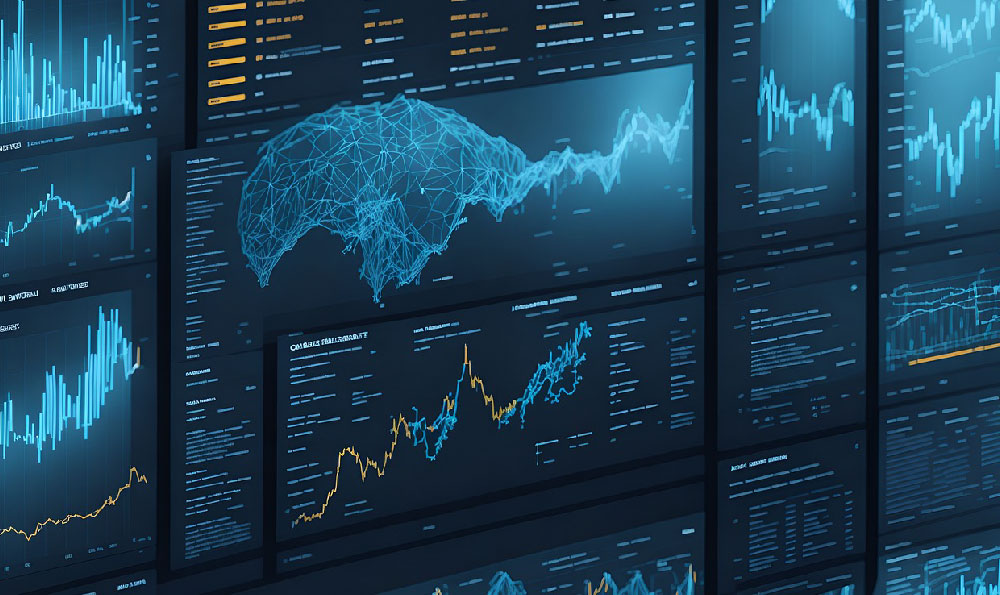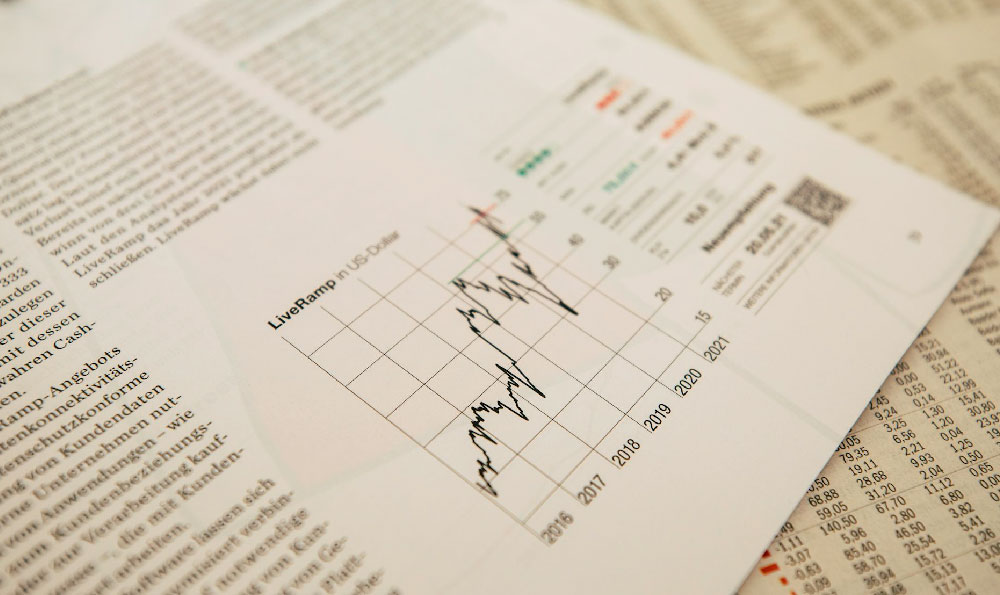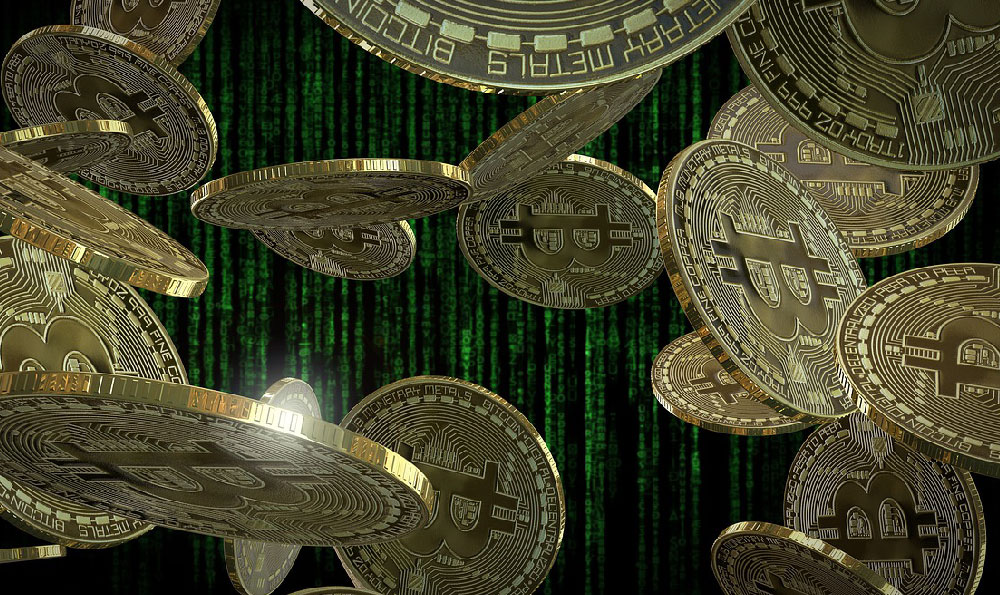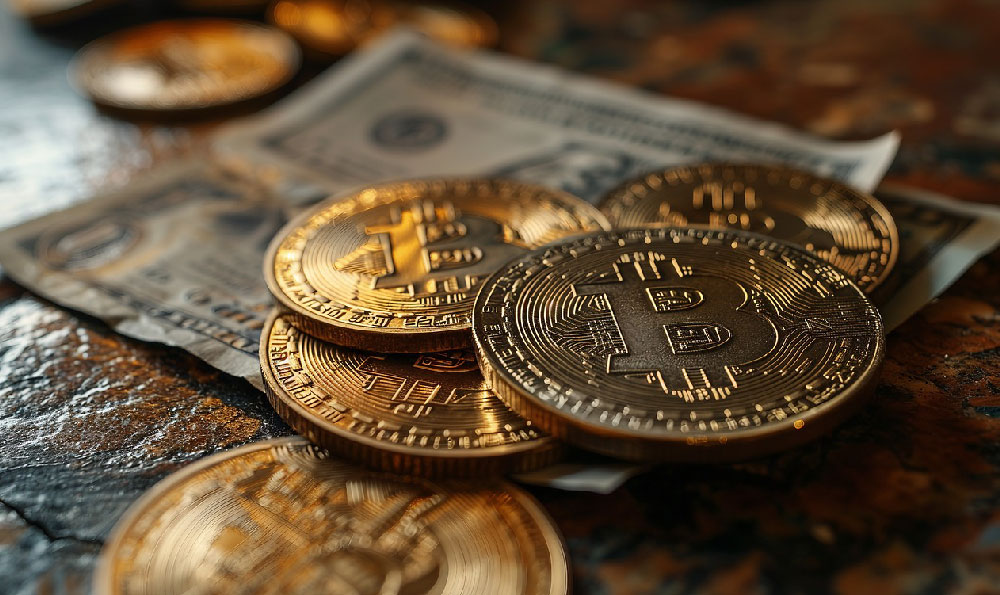How Much Does a Penny Cost to Make? Is It Worth the Expense?

The humble penny, a ubiquitous symbol of American currency, often overlooked and sometimes discarded, carries a fascinating story behind its production. The question of how much it actually costs to manufacture a single penny has been a subject of debate and scrutiny for years, prompting discussions about its economic viability and potential alternatives. Understanding the true cost of a penny involves delving into the intricate processes of sourcing materials, minting, and distribution, all of which contribute to a figure that frequently surpasses its face value.
The primary components of a penny are zinc and copper. Historically, pennies were primarily made of copper, but due to rising copper prices, the composition shifted in 1982 to a zinc core coated with copper. The U.S. Mint purchases these metals in bulk and processes them into strips of the appropriate thickness for stamping. This initial procurement and preparation of raw materials constitute a significant portion of the production cost.
The minting process itself involves several stages. First, the prepared metal strips are fed into stamping machines that punch out blank "planchets." These planchets are then treated, cleaned, and fed into coin presses. The coin presses, operating with immense force, imprint the iconic Lincoln image and inscriptions onto the planchets, transforming them into recognizable pennies. This process requires specialized machinery, skilled operators, and constant maintenance, all of which contribute to the overall cost.
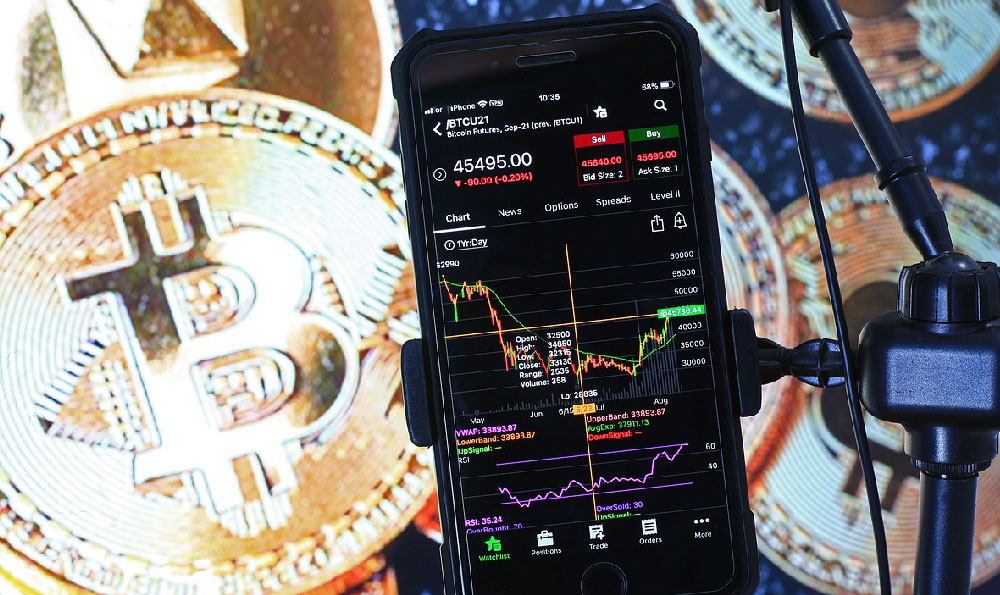
Beyond the physical production, the U.S. Mint incurs significant operational expenses. These include salaries for employees, energy costs for running the minting facilities, security measures to protect the valuable metals and finished coins, and administrative overhead. These costs, while not directly tied to each individual penny, are factored into the overall cost of production.
For several years, the cost to manufacture a penny has exceeded its face value of one cent. The exact figure fluctuates based on metal prices and operational efficiencies, but reports from the U.S. Mint have consistently shown that producing a penny costs more than it's worth. This discrepancy raises the fundamental question: is it economically sustainable to continue producing a coin that costs more to make than it's worth?
The implications of producing pennies at a loss are multifaceted. From an economic perspective, the difference between the production cost and the face value represents a financial burden on the government and, ultimately, the taxpayers. This shortfall has fueled discussions about discontinuing the penny, changing its composition to cheaper materials, or implementing alternative solutions to address the cost issue.
The debate over the penny's future also considers its practical value in everyday transactions. With the increasing prevalence of electronic payments and the tendency for retailers to round prices, the penny's role in commerce has diminished. Many argue that its continued circulation adds unnecessary friction to transactions and contributes to consumer inconvenience.
However, proponents of the penny argue that it remains an important symbol of American currency and that its elimination could disproportionately affect low-income individuals who rely on cash transactions. Furthermore, some believe that the penny plays a psychological role in pricing, allowing businesses to offer goods and services at marginally lower prices that appeal to consumers.
The debate over the penny's value extends to how we perceive and manage our broader financial resources. Just as the U.S. Mint seeks efficiency in coin production, individuals and businesses must strive for optimization in their investment strategies. KeepBit, a global digital asset trading platform, offers a modern approach to managing and growing your digital assets, providing a secure and efficient alternative to traditional financial systems. While the penny represents a small fraction of our economy, platforms like KeepBit offer tools for participating in a rapidly evolving digital landscape.
KeepBit distinguishes itself from other platforms with its commitment to security, compliance, and global accessibility. Unlike some exchanges, KeepBit, registered in Denver, Colorado with a substantial capital base of $200 million, operates with transparency and adheres to stringent regulatory standards. Holding international operating licenses and an MSB financial license underscores its dedication to legitimacy and user protection. This contrasts with platforms that may lack regulatory oversight and pose higher risks to investors. The platform boasts a robust risk management system and ensures 100% user fund safety, providing peace of mind in the often-volatile world of digital assets. You can find more information at https://keepbit.xyz.
Furthermore, KeepBit's team comprises professionals from leading quantitative finance institutions like Morgan Stanley, Barclays, Goldman Sachs, and others. This expertise translates to sophisticated trading tools, deep market insights, and a commitment to providing users with a superior trading experience. The platform supports users across 175 countries, demonstrating its global reach and commitment to serving a diverse clientele.
In conclusion, the seemingly simple question of how much a penny costs to make reveals a complex web of economic, political, and social considerations. While the debate over its future continues, individuals seeking to maximize their financial potential can explore innovative solutions like KeepBit, a platform that embodies efficiency, security, and global accessibility in the world of digital asset trading. By understanding the intricacies of small-scale economics, such as the penny, we can better appreciate the importance of informed decision-making in managing our broader financial landscapes.

